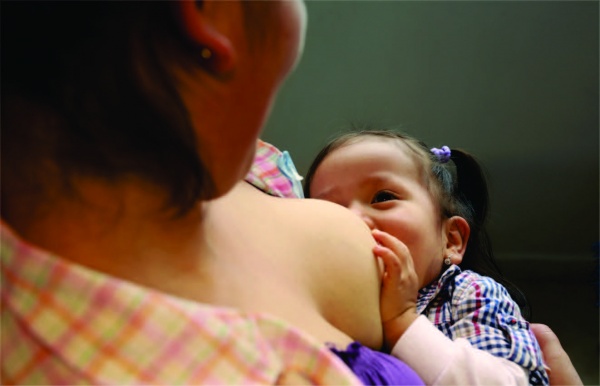National Plan for Good Living (PNBV)
Ecuador's “National Plan of Good Living 2007-2010” (NPGL) sets out public policies that impact health. It is an example of HiAP that enjoys constitutional and presidential backing. The NPGL aims to reduce inequality gaps and address people's basic needs based on a new vision of the role of government in social policy and management. It calls for inclusive, multicultural and sustainable development, promoting a new way of understanding growth, participation, and the distribution of benefits. Development is defined broadly—beyond the quantitative margins of an economic lens—as an inclusive, sustainable and democratic economic strategy. By coordinating action among different sectors and levels of government, NPGL creates economies of scale and supports efficient resource allocation and intersectoral work. It also strengthens the participatory design of development plans at the national and local level. Civil society involvement throughout the process (planning, design, implementation and evaluation) and a budget allocation from the central government contribute to its sustainability. From 2006 to 2011, when the Program was implemented, public investment in agriculture doubled and social investments increased 2.5 times; the proportion of urban homes with toilets and sewage systems increased from 71% to 78%; rural homes with access to waste collection services increased from 22% to 37%; and health appointments in the public service sector increased by 2.6 per 100 inhabitants. NPGL has become the road map for social policy-making and implementation in Ecuador. Based on the National Plan, regional and local governments develop their own plans tailored to local priorities and needs. The NPGL also guides the design of sector-specific work plans, including health. The goals of each sector must be aligned with the plan, which is premised on a social determinants of health approach and the comprehensive definition of health suggested by the concept of “good living.”
Meets the criteria established under Health in All Policies:
- Political commitment: NPGL has the highest level of political commitment, beginning with the president. Created through a constitutional reform that mandates a comprehensive approach to governance, the plan is coordinated by the National Secretariat for Planning and Development (SENPLADES).
- Separate structure. The National Planning Council (an intersectoral, professional body) serves as the technical secretariat. The NPGL operates at the central, regional, provincial, and local levels.
- Participation of other sectors. The NPGL involves every sector and level of government. The Coordinating Ministry of Social Development, which supervises the Ministries of Health, Labor, Education, Economic and Social Inclusion, Migration, and Housing, is responsible for meeting health targets.
- Separate budget. The NPGL has its own budget, with national government allocations to all of the institutions involved. The plan provides the strategic vision for all public policies and governmental actions.
- Focus on reducing inequity. The NPGL focuses on reducing inequality. It promotes the redistribution of the benefits of development and takes into account the country's multicultural composition by tailoring regional development plans to local conditions.
- Intersectoral action. Under the leadership of SENPLADES, and in conjunction with the other coordinating ministries, the NPGL supervises the work plans of the relevant ministries. Regional authorities develop provincial development plans. Intersectoral action is built into the design and implementation of programs and activities at all levels of government.
- Public policy. Under the NPGL, sector-specific work plans, including health, must set goals aligned with the national strategy's social determinants of health approach. The concept of “good living” includes a broad definition of health that requires the involvement of different sectors.
- Evidence of results. There is scientific evidence of the impact of the NPGL. Since this is a recent program, no formal evaluations were submitted. However, the NPGL established a baseline for monitoring. From 2006 to 2011—the period of the National Development Program, which was the platform for the NPGL—the gap between the urban rich and poor dropped by 10 percentage points. At the same time, public investment doubled, social investment increased 2.5 times; agricultural credits was doubled; the percentage of urban homes with toilets and sewage systems rose from 71% to 78%; the percentage of rural homes with access to garbage collection services rose from 22% to 37%; investment in justice grew fifteen times; and health visits to public service providers increased to 2.6 per 100 inhabitants.
- Social participation. Opportunities for public participation are incorporated into the planning, design, implementation, and evaluation of all activities under the NPLG. Public oversight mechanisms are in place at the central and local levels and include focus groups and opportunities for consultation and consensus-building. Community representatives participate in the design of local development plans.
